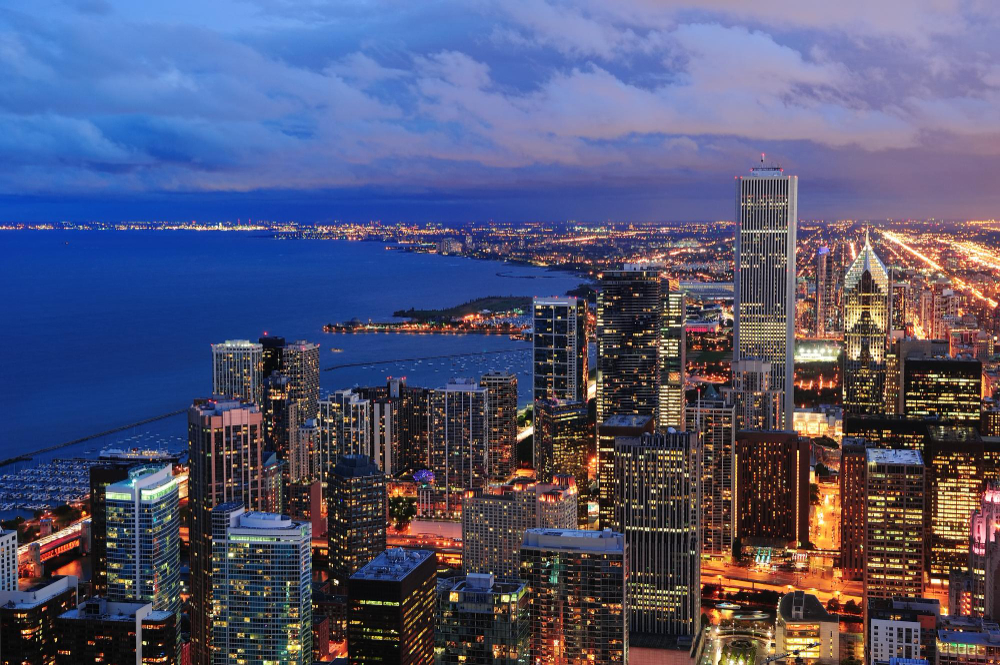
Seattle, the jewel of the Pacific Northwest, is a city that marries innovation with nature. From its iconic skyline to the surrounding forests and waters, it’s a place best explored slowly and intentionally. Fortunately, Seattle is a city that doesn’t require a car to experience its charm. With a comprehensive public transportation network, pedestrian-friendly neighborhoods, and a tech-savvy culture, navigating Seattle without a personal vehicle is not only possible—it’s often preferable. Whether you’re a tourist planning your first visit or a local looking to cut down on driving, this guide will take you through the best ways to get around the city car-free.
1. Walking: A Pedestrian’s Paradise
Seattle is one of the most walkable cities on the West Coast. Neighborhoods like Capitol Hill, Belltown, Pioneer Square, and the University District are packed with attractions, eateries, parks, and shops within a short walking distance. Sidewalks are well-maintained, and pedestrian signals are ubiquitous. Exploring on foot not only saves money but also immerses you in the city’s vibrant culture, from street art to open-air markets like Pike Place.
Pro Tip: Invest in a good pair of walking shoes and a waterproof jacket—Seattle’s hills and drizzle are part of the charm.
2. Light Rail: Fast, Clean, and Affordable
The Link Light Rail, operated by Sound Transit, is one of Seattle’s most efficient public transport options. It connects Seattle-Tacoma International Airport (SEA) with key urban stops like Downtown Seattle, Capitol Hill, and the University of Washington.
Why You’ll Love It:
Runs every 6–15 minutes depending on time of day
Budget-friendly (approx. $3–$4 per ride)
Great for avoiding traffic congestion
Modern trains with space for luggage and bikes
It’s especially handy for visitors arriving by plane and wanting a seamless connection into the city center.
3. King County Metro Buses: Extensive and Reliable
With hundreds of routes covering Seattle and surrounding areas, the King County Metro bus system is the backbone of the city’s public transit. Buses are clean, punctual, and well-integrated with Google Maps and local transit apps.
Highlights:
Real-time arrival info via apps like Transit and OneBusAway
Frequent service in high-density neighborhoods
Accepts ORCA cards and cash
Whether you’re heading to Fremont for the Sunday market or Ballard for a night out, the bus system has you covered.
4. Streetcars: The Local Connector
Seattle’s two streetcar lines—the South Lake Union and First Hill Streetcars—provide quick and convenient travel through key neighborhoods.
Best Use Cases:
South Lake Union Streetcar for tech hub visits (Amazon HQ)
First Hill Streetcar for exploring Capitol Hill to Pioneer Square
Streetcars are a smooth ride and offer a quieter, scenic alternative to buses.
5. Biking and E-Scooters: Active and Eco-Friendly
Seattle’s embrace of micromobility has made it a haven for cyclists and scooter users. With dedicated bike lanes, bike-friendly traffic laws, and shared mobility apps like Lime and Veo, getting around has never been more dynamic.
Bike & Scooter Benefits:
Ideal for short to mid-range trips
Affordable hourly or per-minute pricing
Accessible via smartphone apps
The Burke-Gilman Trail, for instance, is a beautiful route that connects multiple neighborhoods while offering a green escape from the city buzz.
6. Rideshares and Taxis: On-Demand Flexibility
For times when public transit or walking isn’t ideal—late nights, remote areas, or heavy rain—rideshare apps like Uber and Lyft fill the gap. Taxis are also available, though less commonly used.
When to Use:
Traveling in groups or with luggage
Visiting destinations outside major transit routes
Convenience over cost
While pricier than public options, rideshares can save time and hassle in the right situations.
7. Water Taxis and Ferries: Scenic and Serene
Seattle’s geography offers a rare bonus: water-based commuting. The King County Water Taxi connects downtown to West Seattle and Vashon Island, while Washington State Ferries can take you to Bainbridge Island or Bremerton.
Why It’s Worth It:
Stunning views of Puget Sound and city skyline
A relaxing alternative to road travel
Great for day trips or weekend excursions
The ferry terminal is easily accessible via light rail or foot from downtown Seattle.
8. Monorail: A Nostalgic Ride with Practical Use
Originally built for the 1962 World’s Fair, the Seattle Center Monorail is still operational and connects Westlake Center (downtown) with Seattle Center (home to the Space Needle, Museum of Pop Culture, and more).
Quick Facts:
Ride time: ~2 minutes
Cost: $3–$4 one way
Great for tourists and families
While limited in scope, the monorail is an iconic and fun part of the city’s transit system.
Conclusion: Ditch the Car, Discover the City
Getting around Seattle without a car is not just doable—it’s a rich and rewarding experience. By walking, riding the light rail, hopping on a ferry, or cycling through the city’s greenways, you’ll see a side of Seattle that’s often missed behind the wheel. Whether you’re catching a show at The Showbox or sipping coffee in Capitol Hill, Seattle’s transit-friendly nature makes every journey part of the adventure. So go ahead—leave the car behind and let Seattle unfold at your own pace.
